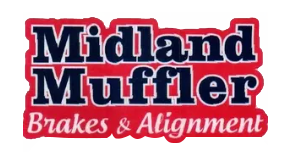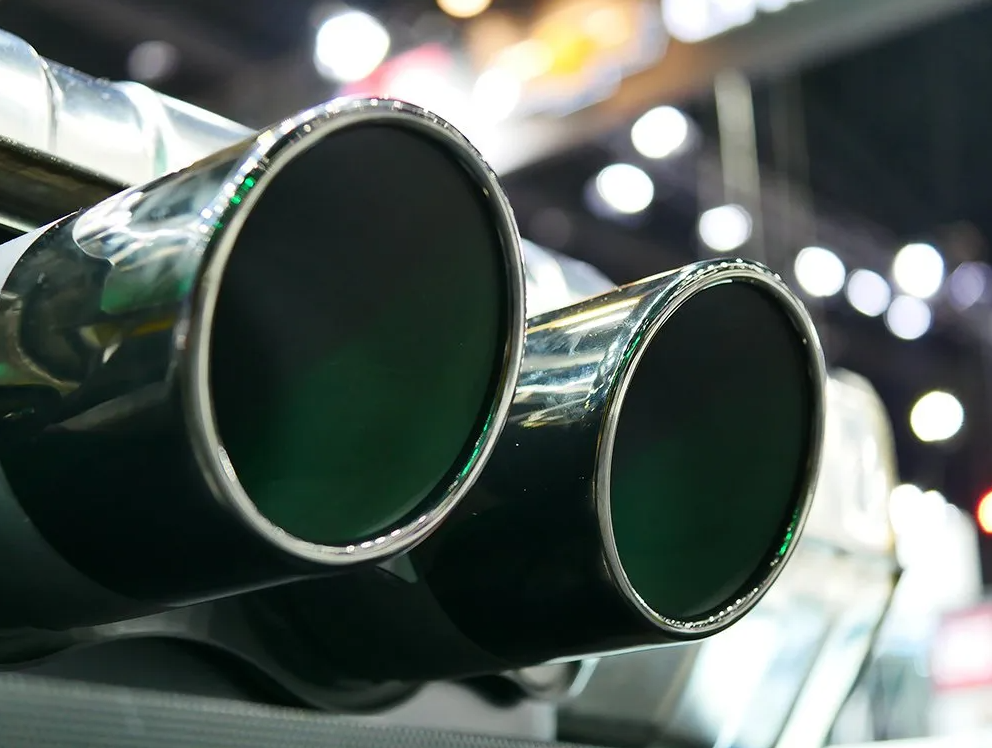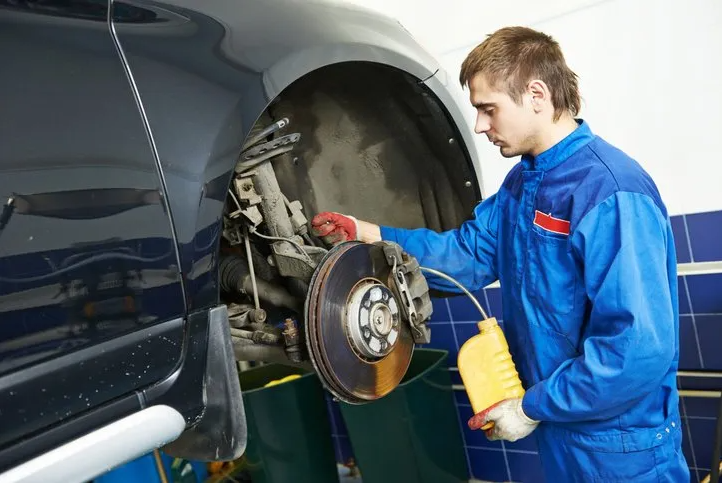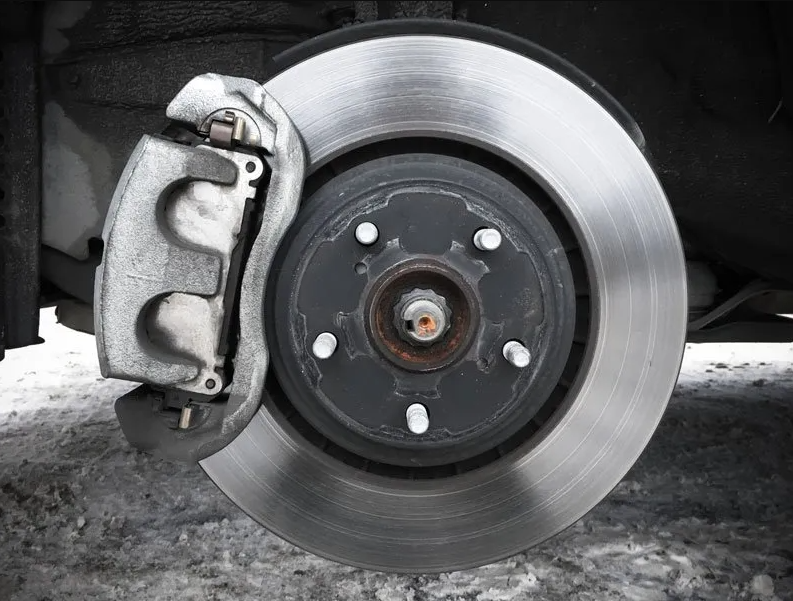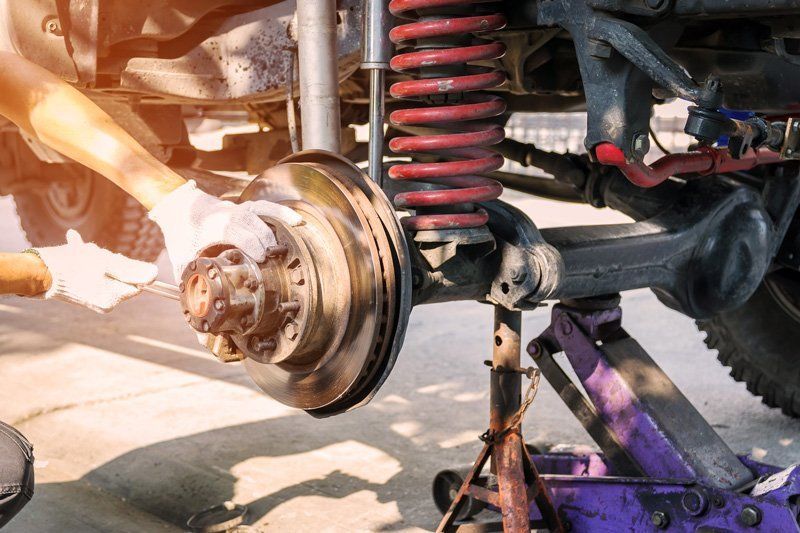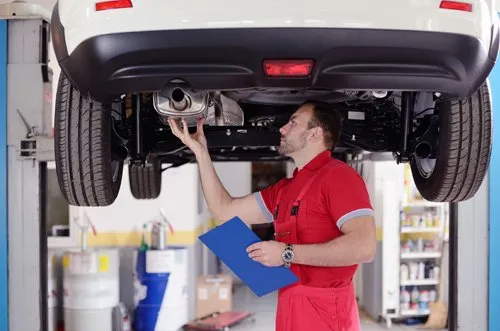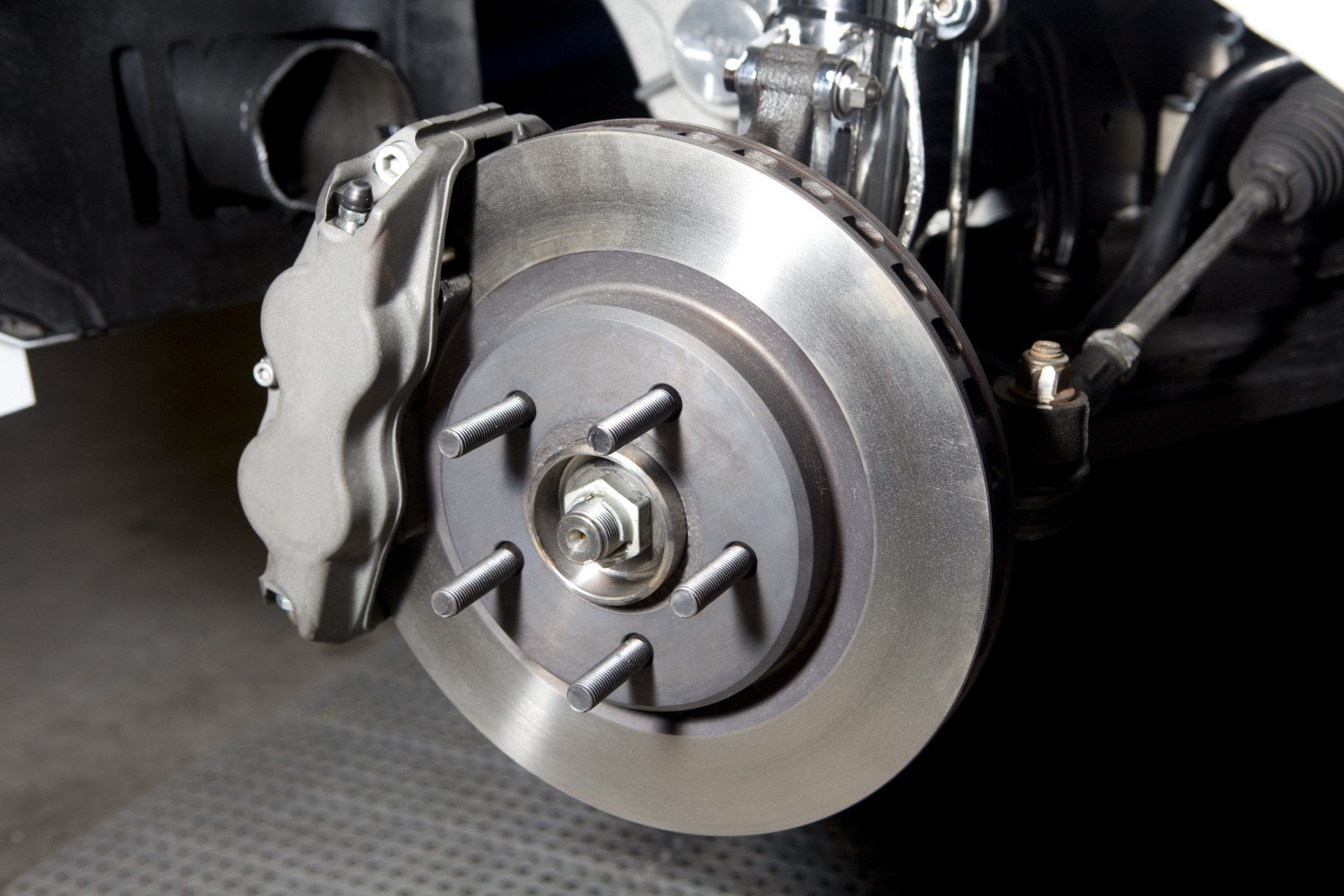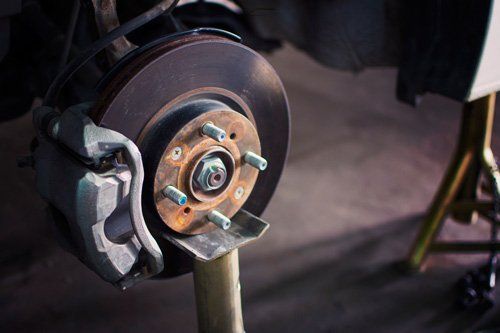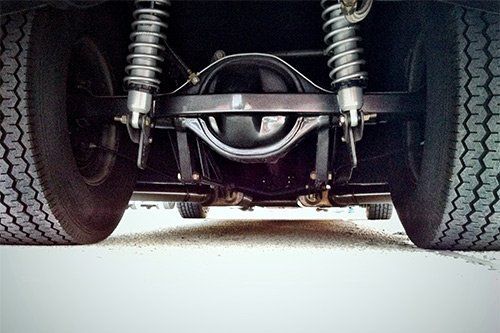3 Common Causes of Catalytic Converter Problems
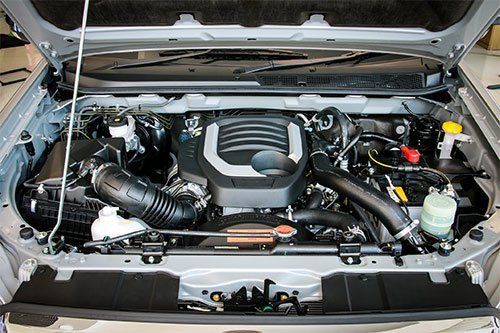
As environmental concerns have grown in recent decades, lawmakers have enacted stricter regulations regarding automobile exhaust systems. Today, virtually all cars on the road contain a component known as the catalytic converter. As exhaust flows through the converter, a chemical reaction happens that changes toxic substances to less harmful ones.
Despite its vital role in promoting safer exhaust, the catalytic converter remains a delicate component - one that can easily suffer damage if exposed to certain conditions. If you would like to increase your knowledge of what it takes to care for your exhaust system, keep reading. This article outlines three common causes of catalytic converter problems.
1. Leaky Fuel Injectors
At the heart of a catalytic converter lies the catalyst, also sometimes known as the substrate. The catalyst consists of a ceramic insert containing networks of small channels that run from one side to the other. The ceramic catalyst contains a coating of platinum metal. As exhaust flows through the honeycomb-like structure, the platinum accomplishes the desired chemical changes.
A catalytic converter has a design intended solely for gaseous exhaust. Any other substances that manage to enter the converter lead to fouling. Fouling simply refers to the formation of physical deposits, which often block the small passageways through the converter. As flow rates decrease, converter temperatures rise, increasing the risk of damage.
One of the most common sources of fouling involves unburned fuel. This fuel often combusts once it enters the converter, resulting in black soot that soon clogs up the catalyst. Not only that, but the burning fuel also increases the converter's temperature and may even cause the catalyst to melt.
Fuel often enters the exhaust system as the result of leaky fuel injectors. A leaky injector allows excessive amounts of gasoline into your engine. The normal combustion cycle cannot successfully burn up all of this excess gas, which instead passes on into your exhaust system. Having your fuel injectors regularly inspected and cleaned helps to prevent such damage.
2. Blown Head Gasket
One of the most critical parts of your engine goes by the name of the head gasket. The head gasket sits between your engine block and your cylinder head, where it ensures that oil and coolant remain adequately sealed off from one another. Head gaskets sometimes develop cracks - generally as the result of overheating.
Mechanics refer to this problem as a blown head gasket. Depending on the location of the crack, both coolant and oil may begin to escape from their sealed routes. Often these substances end up entering the exhaust. Much like fuel in the exhaust, oil often combusts when it reaches the catalytic converter, leading to fouling and soot accumulation.
Likewise, coolant in the exhaust also fouls the tiny passageways inside of the converter. Some of this coolant will also combust, often leading to exhaust smoke that appears far more white than usual. The sooner you address this issue - generally by replacing your head gasket - the better your chances of preventing serious catalytic converter damage.
3. Incorrect Spark Plugs
Leaky injectors and blown head gaskets aren't the only problems that can allow unburned fuel into your catalytic converter. Another common issue involves poorly sized spark plugs. If your spark plugs don't conform to proper engine specifications, engine combustion may not occur completely. As unburned fuel migrates to your converter, fouling and overheating soon ensue.
Spark plugs vary widely in terms of their internal resistors. To maximize your engine's efficiency and power, you must select plugs with the appropriate type of resistor. For more information about how to select the right spark plugs for your car, please contact the exhaust system experts at Midland Muffler and Brake.
